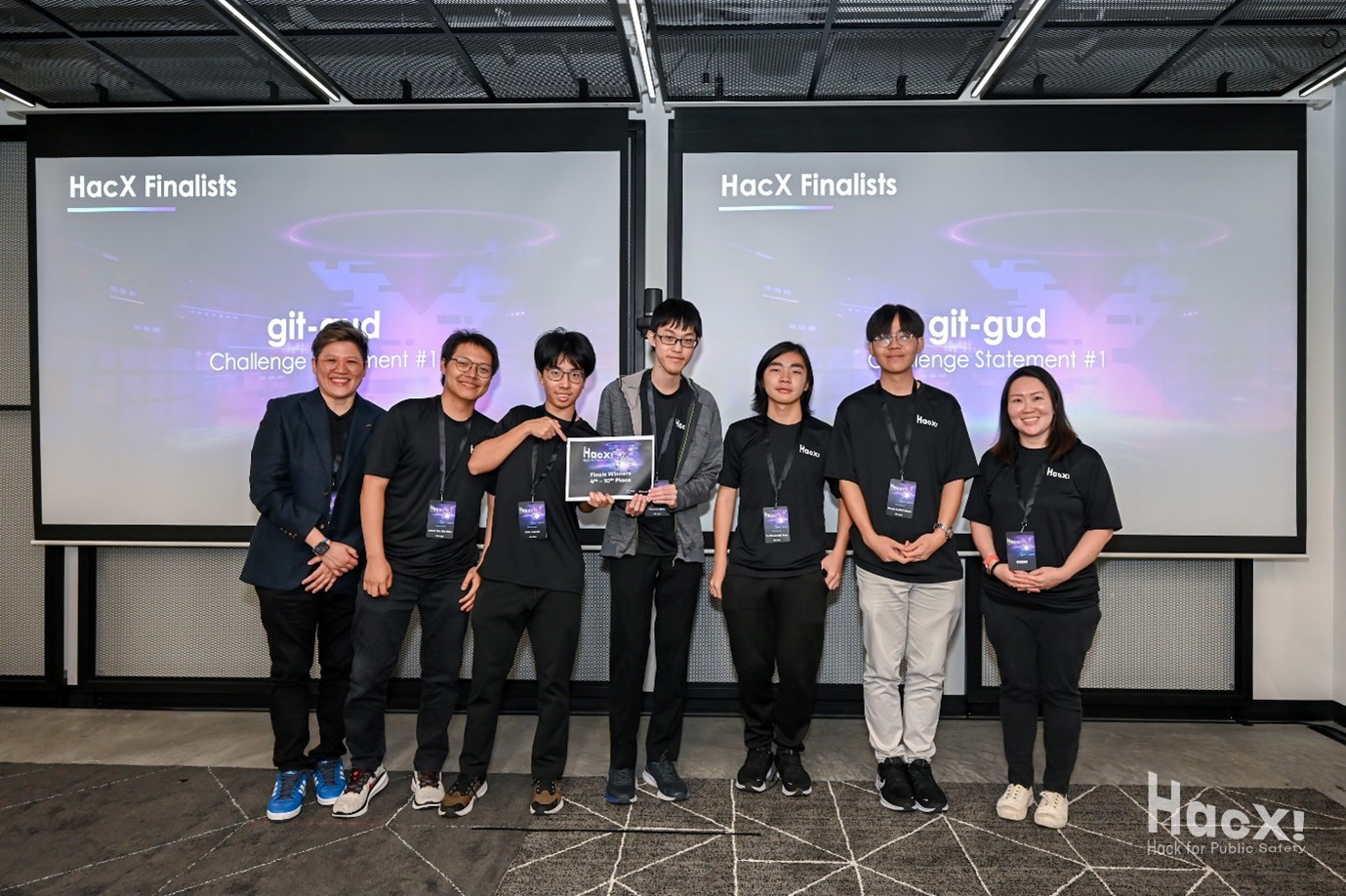 Titus Lim (centre) with his teammates at HacX!. (Photo: HTX)
Titus Lim (centre) with his teammates at HacX!. (Photo: HTX)
Not many can say they have a self-built electronics lab at home, but engineering enthusiast Titus Lim can.
In fact, this passion of his helped place him and his team in the top 10 of last year’s HacX!, a hackathon organised by HTX in collaboration with Microsoft Singapore. The event empowers students to use science, technology and engineering to address pressing public safety challenges.
A graduate of Temasek Polytechnic, Titus shares how he found meaning in HacX! and how it inspired him to pursue an internship with HTX.
Hey Titus, how did you come to be a part of HacX!?
I first heard about it through a school e-mail and a friend later persuaded me to join.
The prospect of being able to use my biomedical and computer engineering knowledge to aid the Home Team’s operations was very attractive to me.
The event was one of the first times I got to deploy cloud infrastructure for a real-world project – but what made it most meaningful was the potential benefit my team’s solution could bring to Singapore’s safety and security.
Having started programming at the age of 12, I’ve always loved creating new projects, and HacX! was the perfect opportunity to do so. My home electronics lab – which I built to develop new engineering projects – was even used in my team's entry!
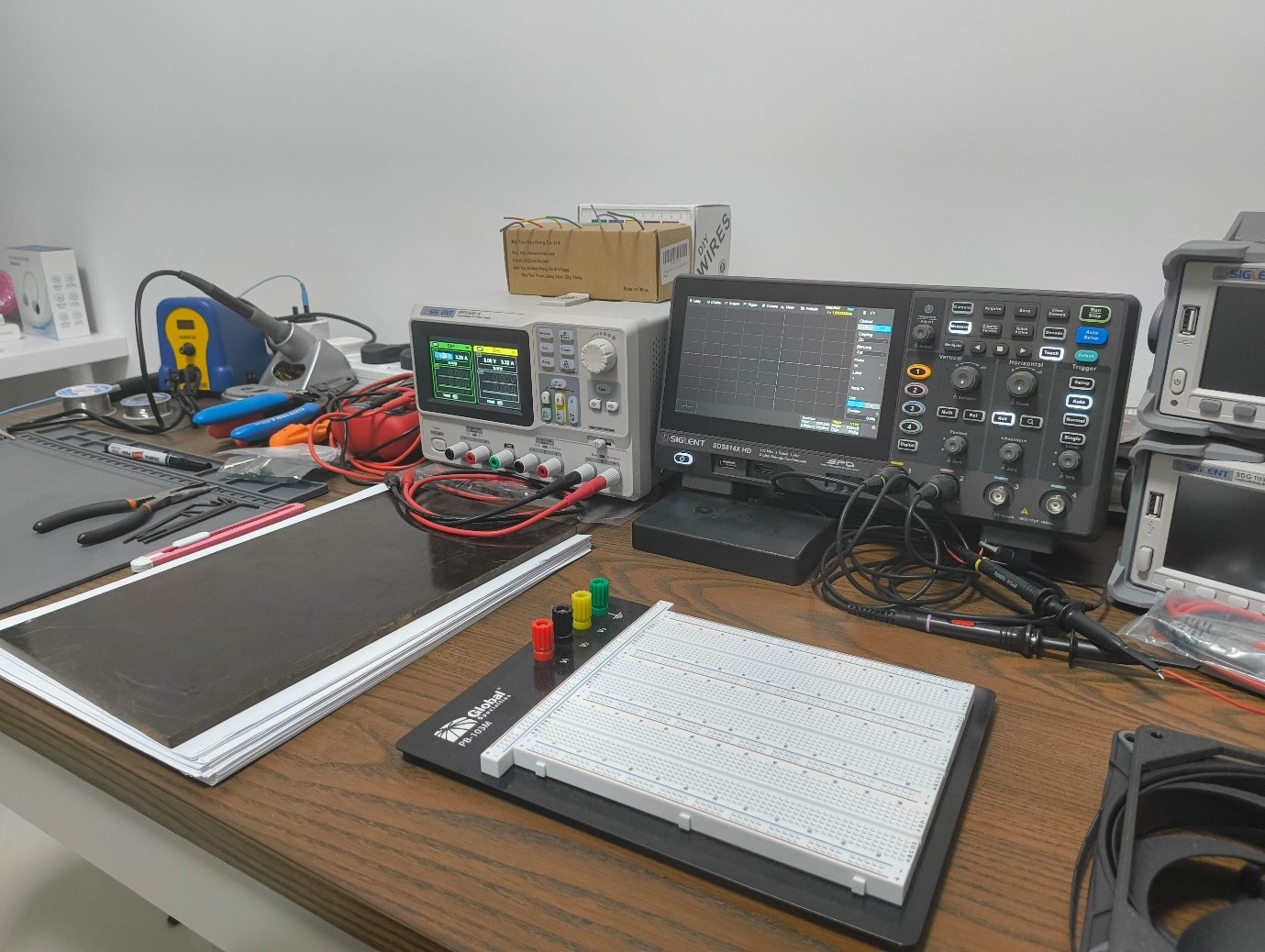 A cool set-up can be found in Titus’ home electronic lab! (Photo: Titus Lim)
A cool set-up can be found in Titus’ home electronic lab! (Photo: Titus Lim)
What was your pitch in HacX!?
Our problem statement was: "Early warning system to detect altered mental state (AMS) for proactive prevention of exertional heat illness (EHI)".
Frontline officers in the Home Team are often exposed to heat stress during operations such as firefighting and this means they risk getting EHI, even if mitigation measures are taken.
As such, we pitched a wearable system that is small enough to be integrated with any Singapore Civil Defence Force (SCDF) uniform. Each device comes with these components: a thermal camera, eye tracker, reaction time module, and gyroscopes and accelerometers.
To avoid any issue with tangled wires, we also built the device to communicate wirelessly.
But that’s not all. We also created a web app that allows commanders to view real-time data, both at a higher level across all officers, and in greater detail for each individual. This would help the SCDF accurately spot officers with altered mental states, thus allowing for timely interventions.
What was your HacX! experience like?
It was fun and insightful, but also very challenging as everyone on the team had to juggle other commitments. In my case, I was also doing a full-time internship with another organisation.
I was hesitant about joining at first, but I’m glad I did because this event created so many memorable moments. We learnt a lot, pushed ourselves beyond our limits, and surprised ourselves with what we could achieve. It was also fun expanding my knowledge, learning about biological concepts, cloud services and solving engineering problems efficiently.
To be honest, the time constraints we faced pushed us to be even more efficient. For example, in the semi-finals, 3D-printing a full helmet as part of our solution would have taken too much time and would have only fit one team member. If there was a misfit, we would’ve also wasted time and resources.
And this got me thinking: what if I printed an oversized front half of a helmet, and printed adjustable 3D velcros on the back as a one-size-fits-all solution? This turned out to be the right way to go!
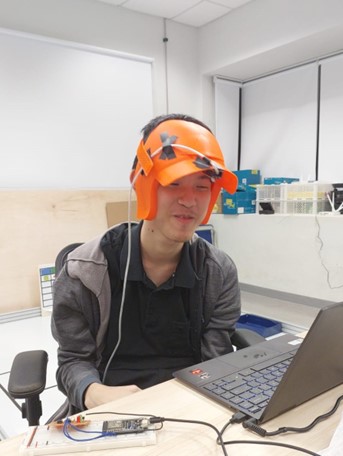 Titus wearing the prototype helmet he designed with his team. (Photo: Titus Lim)
Titus wearing the prototype helmet he designed with his team. (Photo: Titus Lim)
How did that lead to your internship with HTX?
I’ve always wanted to be a part of HTX because I feel the work here is very meaningful and technologically advanced. It’s a place I can see myself contributing to.
Working closely with HTX’s Human Factors & Simulation Centre of Expertise (HFS CoE) during HacX! also got me excited about developing solutions for heat stress mitigation within the Home Team. So, after the hackathon, when I was offered the opportunity to continue the research with HFS CoE as an intern, I gladly seized it!
So, have you been doing interesting stuff with HTX?
Of course! I’m currently working on a predictive model to simulate heat strain on frontline officers in different environmental conditions and uniforms, and an app that integrates them to generate heat strain predictions on-the-go.
I spent weeks modifying the code to be compatible with a converter, and researching how to use the compiled programme in the app. I also pored through research papers and adjusted the model carefully, customising multiple user interface components to ensure they worked and were intuitive for frontline officers to use.
I’m really looking forward to seeing it in action with the Home Team officers!
And what’s your internship experience like so far?
This internship has been far better than I anticipated! I initially thought my project would just be another software engineering task, but it turned out to be more of a physiological research project combined with app development, which I’ve really enjoyed thus far.
I've learned so much – not just from the project, but also from seeing the work of other interns and Xponents. The people here are passionate, knowledgeable and friendly, which creates a great learning environment.
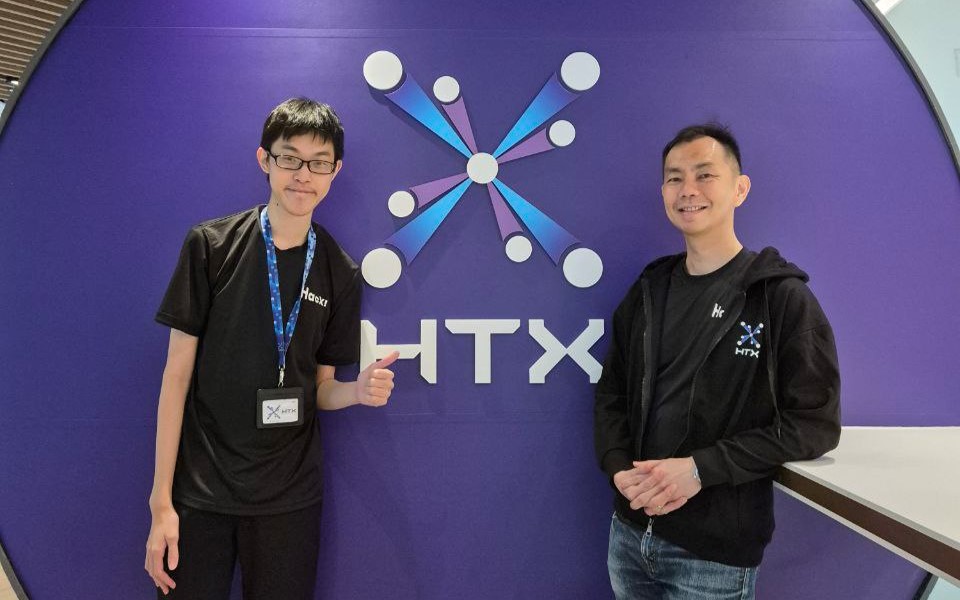 Titus (left) has learnt a lot from his supervisor, Dr Seng Kok Yong (right), in his time at HTX. (Photo: Titus Lim)
Titus (left) has learnt a lot from his supervisor, Dr Seng Kok Yong (right), in his time at HTX. (Photo: Titus Lim)
It’s also easy to socialise and learn from one another. I like that I get to hang out with my colleagues after work at sports activities and even barbecue parties.
And the welfare here? It’s excellent, which makes it even more enjoyable. It’s a supportive, collaborative and technically rich environment that I would definitely recommend HTX to anyone passionate about engineering and learning!
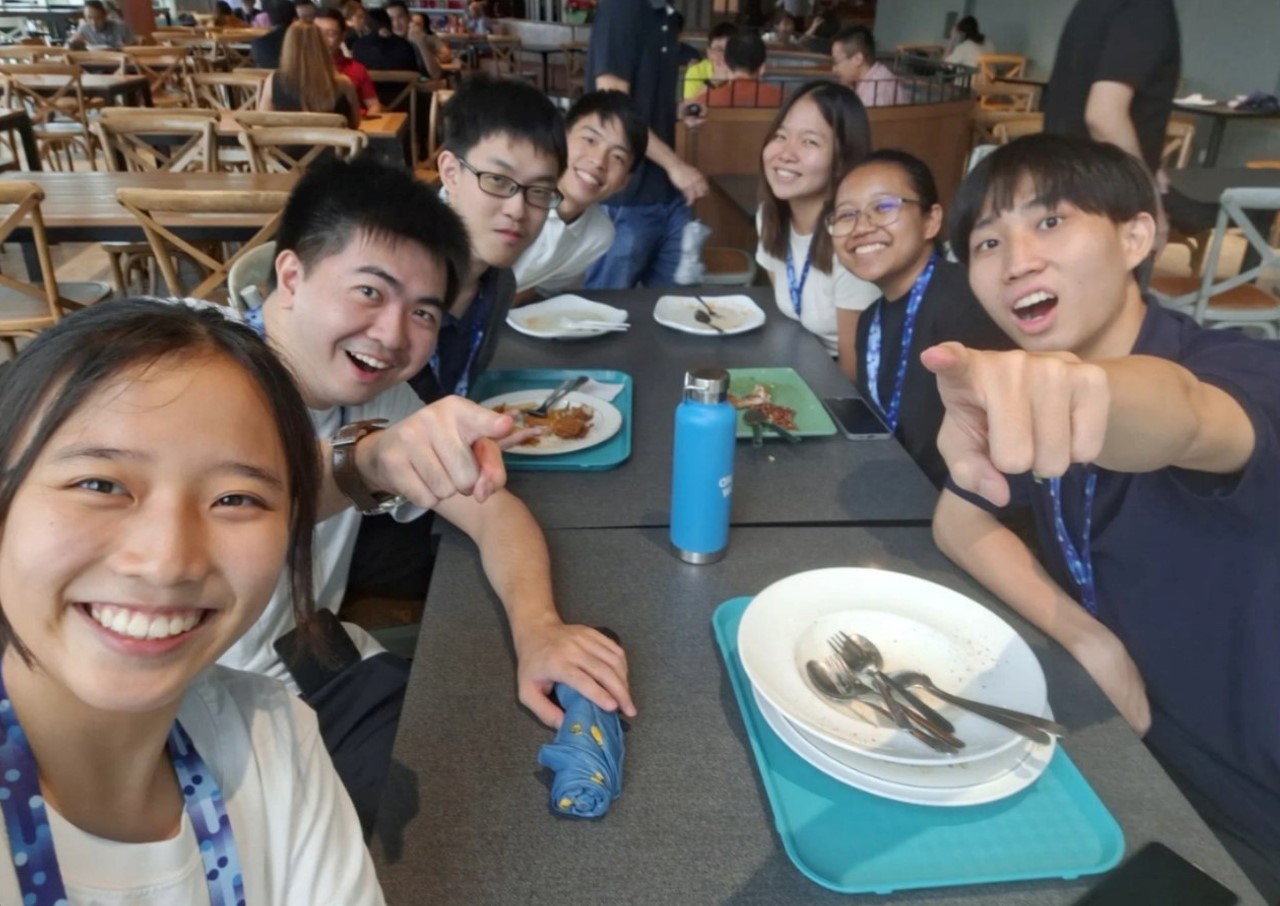 Titus (third from left) hangs out with fellow Xponent friends! (Photo: Titus Lim)
Titus (third from left) hangs out with fellow Xponent friends! (Photo: Titus Lim)
We are always seeking inquisitive and innovative individuals to co-create extraordinary solutions with us.
Join us to be at the forefront of the finest tech capabilities in the field! Join Us

